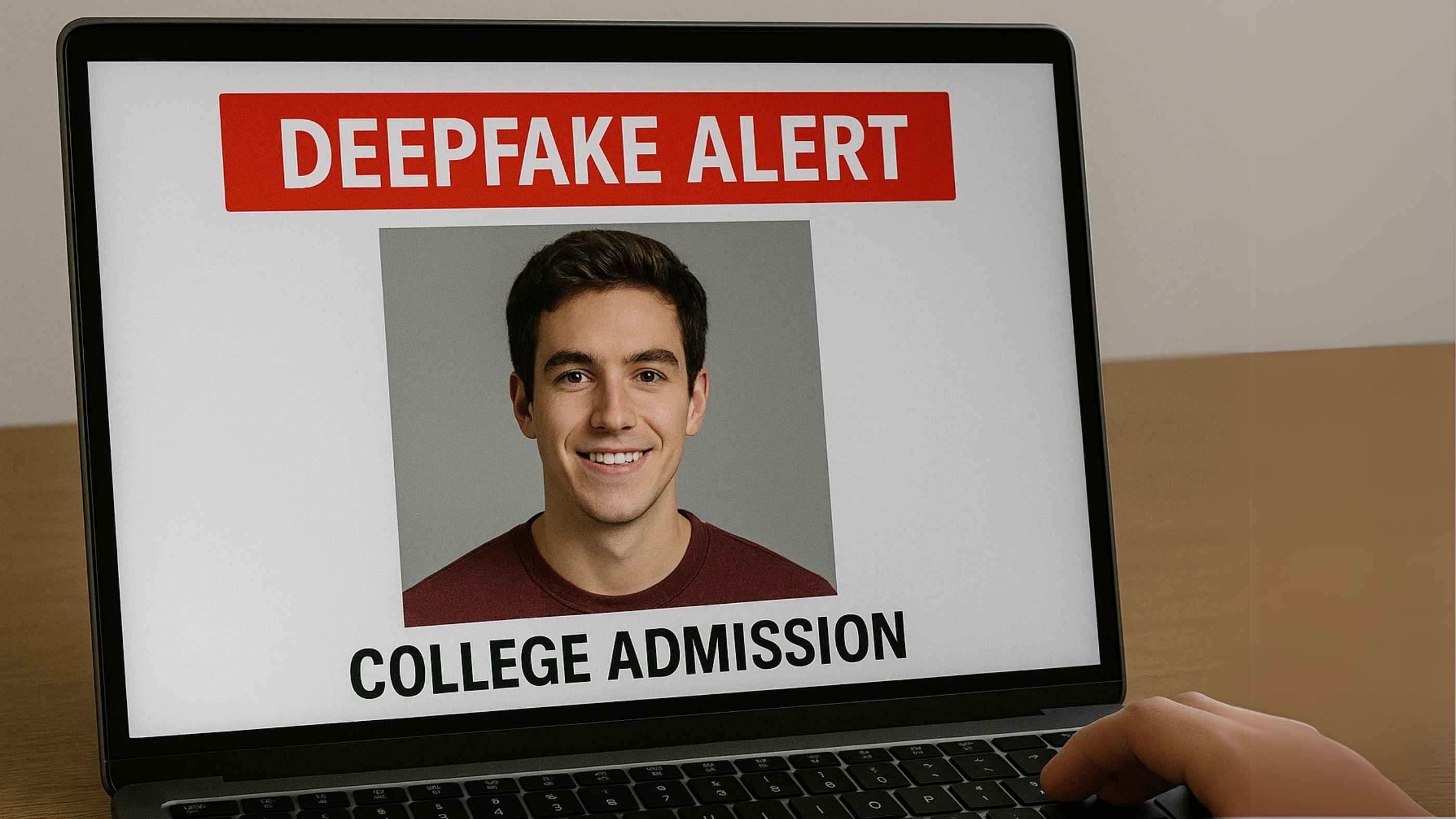As technology evolves, so do the tactics of those looking to exploit it. While colleges and universities around the world embrace digital admissions processes to increase accessibility and efficiency, a new threat is quietly emerging AI-powered deepfakes.
But what if a deepfake a synthetically generated audio or video representation of a person, slips through your college’s admissions process? What if that student, whose credentials checked out, whose video interviews are flawless, and whose identity appears verified… simply doesn’t exist?
Welcome to the future of admissions fraud.
What Are Deepfakes, and Why Should You Care?
Deepfakes are hyper-realistic AI-generated videos or images that convincingly impersonate real people. Initially used for entertainment and creative media, deepfakes are now being misused to impersonate candidates in high-stakes settings like exams, interviews, and yes college applications.
From forging video interviews to manipulating identity verification during online assessments, the applications of deepfake technology are expanding.
In admissions, this means that:
- A fake applicant could pass an identity verification check
- A bot-assisted form submission could evade detection
- A synthetic persona could perform well in a remote video interview
Why are Admissions Processes Vulnerable?
Most digital admissions systems rely on predictable steps: submission of documents, video interviews, online assessments, and ID checks. These processes, if not secured with AI-powered validation, can easily be manipulated using:
- AI face-swapping software during video interviews
- Synthetic voice generation to answer oral questions in real-time
- Fake documents and transcripts aided by generative tools
- Pre-recorded videos or proxy candidates during proctored exams
If a deepfake successfully passes these layers, the institution admits a ghost student. The reputational damage, compliance risk, and long-term academic consequences are severe.
What are the Consequences of Deepfakes Slipping Through?
Let’s break down what happens when deepfakes bypass your admission safeguards:
Compromised Academic Integrity
Students who gain entry through fraudulent means can undermine the merit-based nature of higher education. It’s not just unfair to real students it erodes public confidence in your institution.
Tarnished Reputation
The media and stakeholders won’t hold back. A single exposed case of deepfake infiltration can damage decades of credibility and brand trust.
Downstream Impact on Employers
If graduates earned their degree fraudulently, it affects not only your institution but also future employers, partners, and society at large.
AI-Powered Defense
Manual checks alone can no longer defend against such sophisticated fraud. Even traditional digital identity verification platforms are being outsmarted. Colleges now need intelligent, AI-first security measures built to detect not just who a person claims to be but who they truly are.
This is where Talview’s Bot Defense for College Admissions becomes critical.
Features of Talview’s Deepfake-Resistant Solution:
- AI-based liveness detection to detect synthetic faces and impersonation attempts
- Voice pattern recognition to catch AI-generated or replayed responses
- Behavioral analytics to monitor user consistency across interactions
- Bot detection engine to flag automated or bot-generated applications
- Secure remote proctoring with multi-layered monitoring
Real Institutions, Real Protection
Colleges and universities using Talview's AI-based proctoring and bot defense platform have already seen measurable improvements in:
- Fraud detection during remote assessments
- Reduction in application anomalies and bot submissions
- Strengthened compliance with identity verification standards
Talview partners with institutions globally to secure admissions from end to end, ensuring peace of mind for administrators and fair opportunities for students.
How to Fortify Your Admissions Process
Here’s a quick checklist to strengthen your defenses against deepfake threats:
- Upgrade from static ID checks to real-time biometric verification
- Use AI-powered video proctoring that detects anomalies and spoofing
- Require multiple-step authentication across all digital touchpoints
- Monitor behavioral signals, not just surface-level inputs
- Integrate a system like Talview that offers continuous fraud monitoring
Final Thoughts:
Higher education is built on trust, merit, and authenticity. Don’t let a synthetic student slip through the cracks and compromise your institution’s legacy.
Talview helps you take proactive steps to ensure that only real, verified candidates make it into your programs without compromising user experience or inclusivity.







Leave a Reply